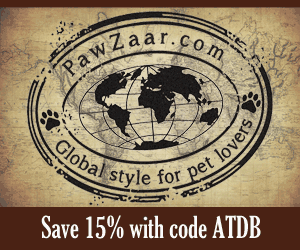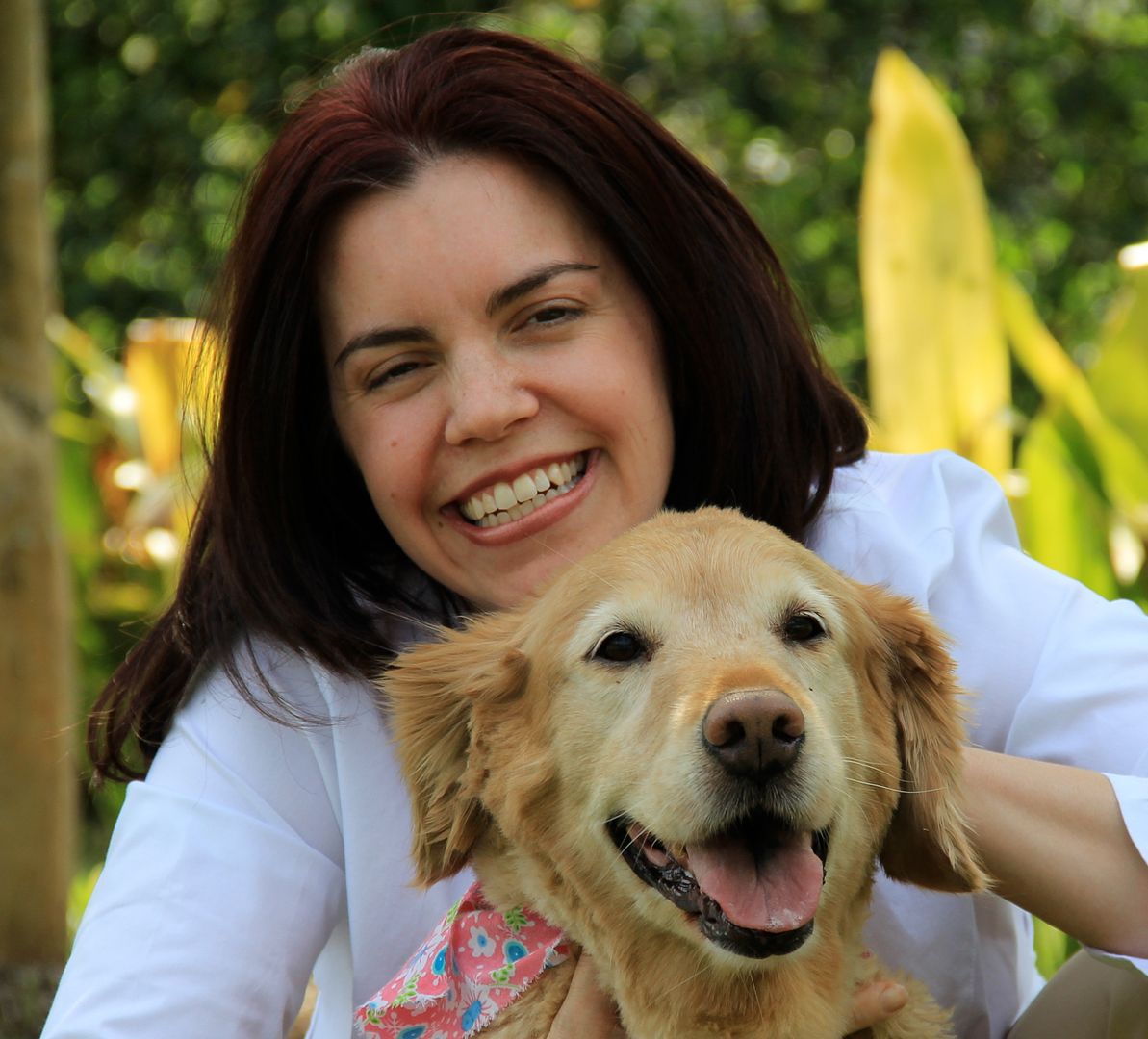 |
| © AllThingsDogBlog.com Our Food; Serious Business |
If you shop at the likes of Whole Foods for your human groceries, you're probably familiar with the word Conventional. This one still frustrates me because it gives off an air of normalcy, and I don't subscribe to this sort of normal. This doesn't make it necessarily bad, but I'm sure you'd like to clearly understand how pet food companies define their terms. Let's sort out the differences here...
Conventional: This very traditional-sounding word actually means that the foods with this sort of labeling are produced using 20th century techniques for mass production capabilities. They can be laced with toxins such as herbicides, pesticides, antibiotics, synthetic fertilizers, growth hormones and artificial preservatives, all without these items being added by the pet food manufacturer. That's why we can't blame it all on them.
The scary part is that these nasties are not on the label because they are assumed. You see, these invisible layers of toxic stuff have not been added to the food in production; they were used to actually produce it--whether during fattening up the cows and chickens or growing the fruits and vegetables.
Natural: This is an over-used term these days that baffles me as well. The intention of the word is to inform the customer that the product is minimally processed and has no synthetic ingredients ADDED as a part of processing. That does not mean that synthetics were not used during the growth or production of the individual ingredients.
So, in case you were wondering "Does this natural food have pesticides buried inside?", the answer is probably YES, there are some residues. Sorry to bust that bubble. Reading the label is your best guide to determining if the product is free of the toxic no-no's that are on your particular bad guy list.
Organic: You may be shaking your head, having heard the rumors that this word is used loosely also. The difference is that it has more government oversight, so your guarantees are a bit stronger than with the Natural versions you thought seemed perfectly pure. But what, exactly, does Organic mean?
To be labeled Organic in the U.S., a food must have been certified under one of two levels of certification done by the U.S. Food and Drug Administration's National Organic Program. More on these levels in another post. Let's start with what's not in Organically-produced livestock and produce.
Ingredients that are specifically labeled Organic on the food label have been certified as having been produced without the use of synthetic fertilizers, herbicides, pesticides, and may not have been given antibiotics or growth hormones for production. This is not as easy as it sounds. Talk to any organic farmer and you'll learn that it's a labor of love, of commitment to the earth and our future.
An organic crop, for example, must be grown in a field that has a large barrier of non-producing land between it and any neighboring farms that may be producing conventional produce or livestock. This rather sizeable barrier helps to reduce groundwater contamination and the spread of sprays via the wind. Obviously, it's not a perfect system, but it does get the job done for all intents and purposes.
Further, these crops may not be treated with anything topically that falls under a non-organic classification. Pest control is the biggest challenge to these farmers who often report large losses due to pest invasion.
Natural fertilizers and herbicides are increasingly more available. Thankfully these devoted organic farmers, who shepherd the earth's resources in our soil, are willing to seek out new ways to get their crops through the seeding and growth cycle successfully.
The task is even more complicated in the production of organic livestock--chicken, pork, beef,turkey, etc. Not only must their feed meet the Organic criteria, but the land that they are produced on must also be maintained by organic standards. Add to this the loss of growth hormones to speed up the fattening process and you can quickly see that animals get to market much slower using this method. I think you're beginning to understand what you pay for when you notice the higher price tag on your pet's Organic food. You get what you pay for!
Holistic is the new buzzword in pet food that confuses most of us. A while back one of my readers asked our veterinarian to address this topic and she happily shed some light on its meaning. You can read her whole post here. In short, Dr. Pat explained that this word includes an approach that involves what's better for the people, our environment and our pets.
Often truly Holistic food is sold in recyclable packaging, the company donates a portion of proceeds to animal welfare organizations and uses healthier ingredients--sometimes organic. The downfall of this category is that with no legal oversight, the food may not be what you believe it to be. Read the ingredients label and decide for yourself if it is truly Holistic. You'll get more input on how to make this decision from Dr. Pat's article that is linked above.
Beyond these 3 more common categories, the inquisitive consumer will also find Gluten-Free, Grain Free, Non-GMO, Vegetarian and Vegan, among other specialty foods. I'll address these differences in another post. I think we've covered enough ground today.
Questions? Feel free to leave them in a comment and return for my answers. Thanks for reading!








































3 comments:
SAY said...
For the average person who tries to do what is best for our pets, it is a mind field trying to interpret what the package label means, and/or trying to conceal. Why won't someone who has made blogging or writing pet articles just come out and say these are the 5 best foods and this is why? A respected pet magazine rates dog foods. This is helpful, but still does not address the issues you have raised.
Dawn said...
Organic sounds like the best option. So in regards to meat, is there a difference between organic and cage free? Is an organically raised chicken also raised cage free? I've heard no.
Carrie, with Tanner and Oliver said...
@Dawn: An excellent question! When food is labeled cage free, but does not say Organic, it is not Organic. This would fall under the Holistic category, as the meat is raised in a way that is better for the animal and the earth.
Post a Comment